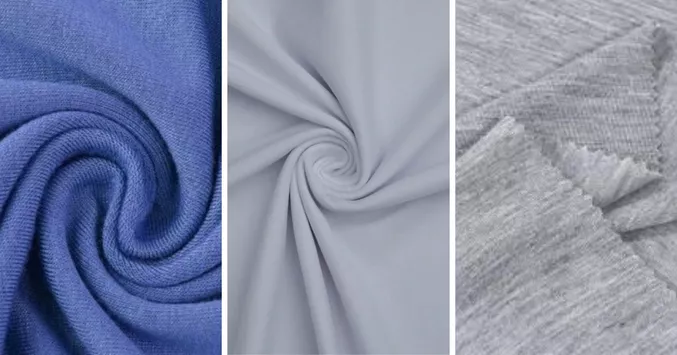To ensure quality products, it is essential to focus on materials, such as dry cotton fabric. Learn more about it with Fashion Bandung.
What is dry cotton fabric?
Dry cotton fabric is a type of fabric made from cotton fibers that has been treated to have fast-drying properties. It is derived from the cotton plants and is widely utilized in the textile industry. This fabric is known for its durability, resistance to abrasion, and exceptional ability to absorb moisture quickly, which makes it a popular choice for sewing various items such as t-shirts, shirts, underwear, and many other types of clothing.
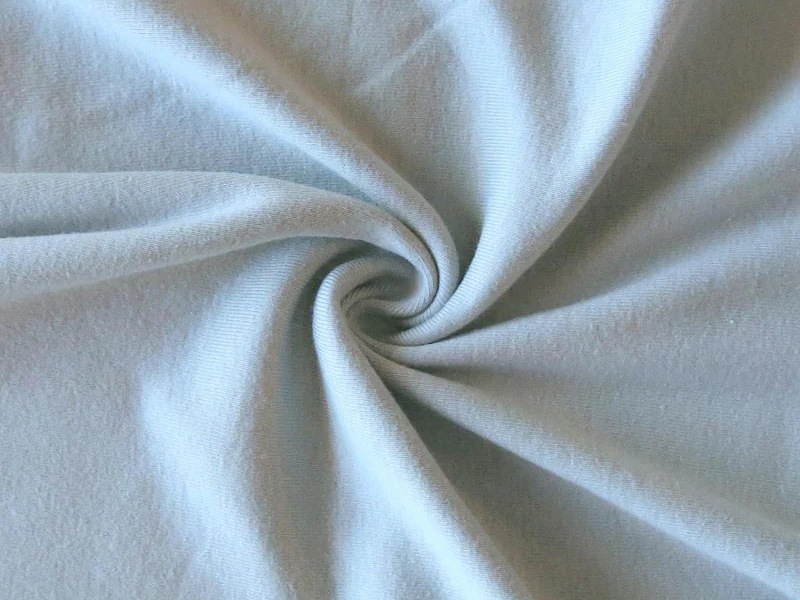
Dry cotton fabric is a textile material that is derived from cotton plants. It is commonly used in various applications within the textile industry. Cotton plants produce fibers that are harvested and processed to create this type of fabric. It is called “dry” cotton fabric because it does not retain moisture easily, making it suitable for a wide range of applications. This fabric is highly versatile and can be used to produce clothing, home furnishings, and other textile products. Its popularity can be attributed to its breathability, softness, and durability. Overall, dry cotton fabric is widely utilized in the textile industry due to its excellent properties and versatility.
Although cotton is generally more durable than silk, it is not as resilient as wool and is susceptible to pilling and tearing. Despite these drawbacks, dry cotton continues to be one of the most popular and extensively manufactured fabrics worldwide. One of the main reasons for its enduring popularity is its exceptional breathability and absorbency, making it a preferred choice for clothing during the warmer seasons.
Follow these steps to identify dry cotton fabric: touch it, check for wrinkles, and look for a soft and breathable texture.
There are a plethora of fabric options available in the market, making it challenging to distinguish which ones are of superior quality. You may have already come across several garments made from dry cotton fabric, but do you understand its distinctive characteristics? Let’s delve into some easily noticeable features of this fabric by exploring the following tips:
- Touch and feel: Normally, the surface of dry cotton fabric It has a rough texture but when you touch it you will feel the softness of the fabric.
- Water permeability: When dipping the fabric in water, if it absorbs water quickly, leaving no residue on the fabric surface, it may be dry cotton. On the contrary, if the water absorption is poor, it may be because it has been blended with other fibers.
- Elasticities: You can test this by stretching the fabric and seeing how elastic it is. If the fabric has low elasticity then it is dry cotton fabricotherwise it may have been mixed with spandex to increase the elasticity of the fabric.
- Fabric burning test: This method can damage the fabric so if you buy fabric by the sheet, try it with a small amount of fabric. If it decomposes, does not smell burnt but smells like wood, then it is quality dry cotton.
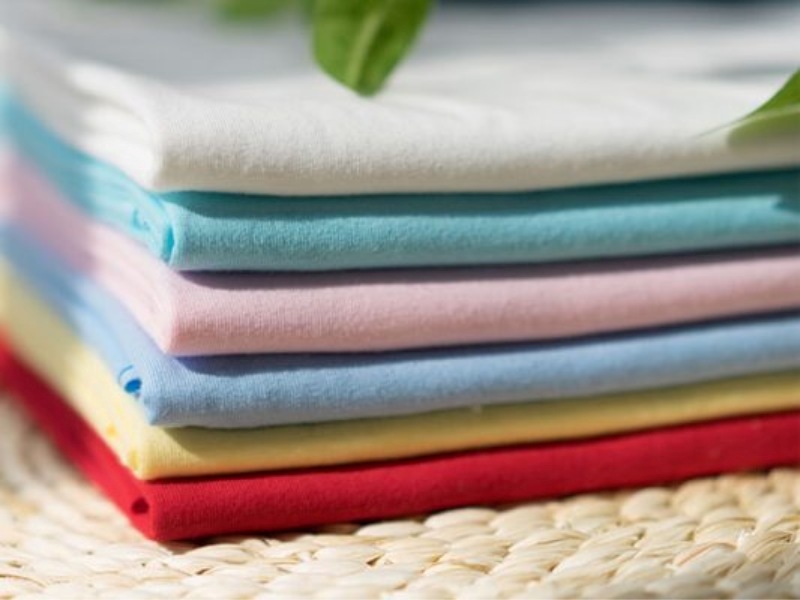
The surface of dry cotton fabric is smooth, lacking any moisture or wrinkles.
Pros and cons of cotton fabric that is not soaked with water.
Dry cotton fabric, which is made from natural cotton fibers, offers numerous advantages to users. The fabric’s moisture-wicking properties help keep the wearer dry and comfortable by efficiently absorbing and evaporating sweat. Additionally, cotton fabric is breathable, allowing air to circulate and prevent overheating.
However, like any material, dry cotton fabric does have certain drawbacks. One major disadvantage is its tendency to wrinkle easily, requiring frequent ironing or steaming to maintain a neat appearance. Additionally, dry cotton fabric may not be as durable or long-lasting as other synthetic fabrics, and may shrink when exposed to high heat.
Despite these downsides, dry cotton fabric remains a popular choice for clothing and other textile products due to its softness, breathability, and natural feel.
|
One of the benefits or advantages of something is… |
Defect refers to a flaw, fault, or imperfection in something. It can be a physical, structural, or functional issue that detracts from the overall quality or performance of an item or system. A defect may arise during the manufacturing process or occur as a result of wear and tear, misuse, or inadequate design. It is a deviation from the intended or expected standard and may need to be addressed, repaired, or replaced to ensure the proper functioning or aesthetic appeal of the affected entity. |
|
|
Uses for dry cotton fabric include clothing, bedding, towels, and various crafts and DIY projects.
Cotton fibers possess inherent properties that make them incredibly valuable in various aspects of life. Despite having a few disadvantages, the versatility of cotton remains undeniable, particularly when it is dry. The uses of dry cotton are extensive, and it serves several purposes, including:
Incorporating dry cotton fabric into fashion and apparel designs
Dry cotton is highly preferred in the textile industry because of its softness and breathability. This fabric is primarily used in various types of clothing such as shirts, jeans, underwear, socks, and more due to its exceptional qualities.
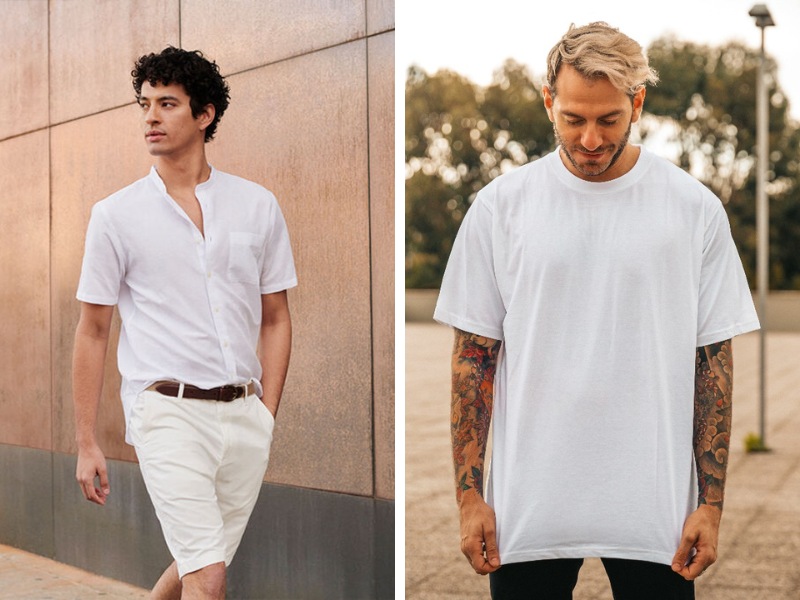
In the textile industry, dry cotton is considered the top preference amongst materials.
Additionally, this particular type of fabric possesses the added benefit of being incredibly soft and exceptionally smooth. Unlike cotton fibers, it does not provoke any skin irritation or discomfort, rendering it highly favored in the manufacturing of clothing specifically designed for infants and children.
Furthermore, the sportswear, gym, and yoga sectors heavily rely on dry cotton as a preferred fabric. Renowned brands like Nike and Adidas prioritize the use of this material. Opting for dry cotton offers numerous advantages, including excellent moisture absorption properties and the ability to easily dye colors and create diverse clothing patterns.
Utilize cotton cloth to clean and maintain furniture surfaces.
Dry cotton is a popular material extensively utilized in the manufacturing of various interior items such as blankets, bed sheets, chair covers, towels, curtains, and more. It provides a comfortable, durable, and naturally aesthetic appeal, resulting in a cozy and attractive space. Apart from its desirable qualities, dry cotton also offers the advantage of easy color mixing, enabling the creation of eye-catching and sophisticated patterns and motifs. This makes it a favored choice for those seeking to add visual interest to their interior decor.
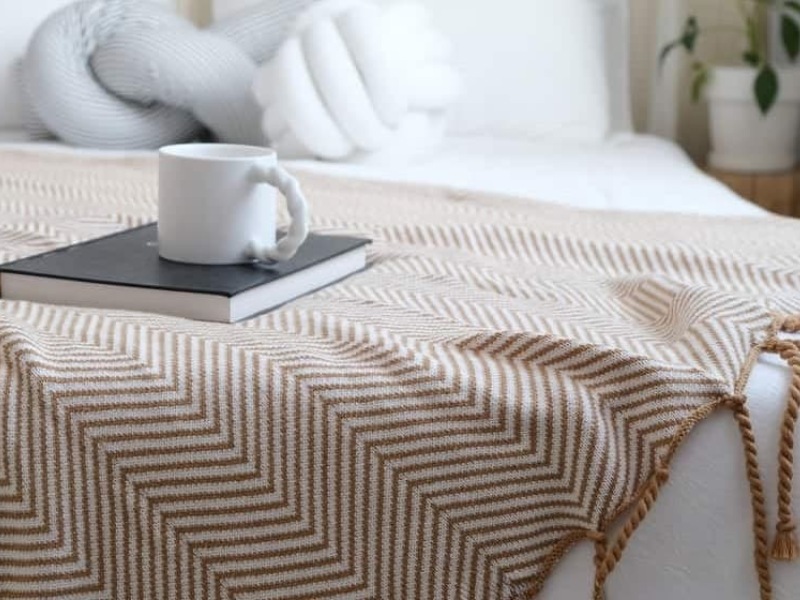
The chair covers are made from dry cotton material, which provides a comfortable and durable fabric for covering furniture.
In medicine, dry cotton cloth is utilized.
Dry cotton is a commonly utilized material in the healthcare industry for a variety of products including bandages, gauze, surgical tape, and personal hygiene items. This is due to its exceptional softness and ability to absorb moisture effectively, which makes it highly desirable for such applications. Moreover, the fact that dry cotton is derived entirely from natural sources gives it a significant advantage when used in healthcare settings.
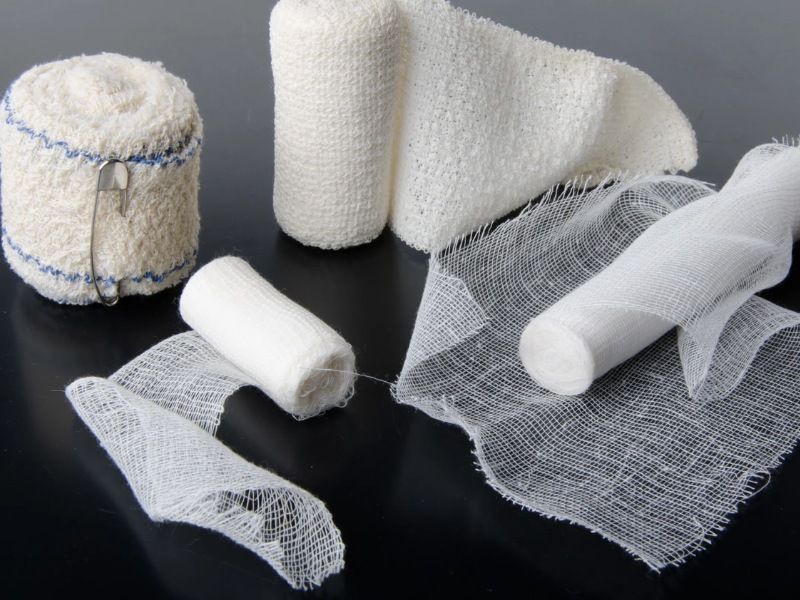
Dry cotton cloth is extensively utilized in the field of medicine for various purposes. It is a commonly used material due to its absorbent and soft properties. Dry cotton cloth is employed in medical settings for tasks such as cleaning wounds, applying medication, and absorbing bodily fluids. Its ability to effectively absorb moisture makes it suitable for maintaining hygiene and preventing infection. Additionally, its soft texture ensures comfort for patients while being gentle on their skin. Overall, dry cotton cloth is a versatile and essential tool in medical practice.
Dry cotton fabric is utilized in industrial production processes.
Dry cotton, apart from being used in the textile industry, finds application in various other industrial sectors. It serves as a raw material for the production of filters, canvas, tents, ropes, and packaging materials, which are increasingly in demand. Furthermore, the versatility of dry cotton enables it to be used in the manufacturing of toys and soft objects like teddy bears. This wide range of uses highlights the importance and versatility of dry cotton in industrial production.

In the realm of industrial production, dry cotton is extensively utilized as a material.
Tips for using and storing dry cotton fabric to maintain its quality and longevity.
If you want to keep your cotton product in good condition for a long time without spending a lot of money on replacements, it is important to take note of the following tips for using and preserving dry cotton:
1. Keep it clean: Regularly wash your cotton items according to the care instructions provided. This will help remove dirt, sweat, and oils that can accumulate over time and cause the fabric to deteriorate.
2. Store in a clean and dry place: Ensure that the area where you store your cotton items is clean and free from moisture. Moisture can promote the growth of mold and mildew, which can damage the fabric. Consider using storage bags or containers that are specifically designed to protect textiles.
3. Avoid exposure to direct sunlight: Prolonged exposure to sunlight can cause the color of cotton fabric to fade and weaken the fibers. When storing or using your cotton items, try to keep them away from direct sunlight.
4. Handle with care: Be gentle when handling your cotton products, especially during washing and drying. Rough handling can cause unnecessary wear and tear, leading to premature damage.
5. Mend and repair: If you notice any small tears or loose threads in your cotton items, mend them promptly to prevent further damage. Regularly check for any signs of deterioration and take necessary steps to repair or reinforce weak areas.
6. Avoid using harsh chemicals: When washing your cotton items, opt for mild detergents that are specifically formulated for delicate fabrics. Harsh chemicals can weaken the fibers and cause color fading.
By following these tips, you can extend the lifespan of your dry cotton products, saving you money in the long run.
- Read the instructions carefully: Read the label on the product carefully to know the most suitable washing instructions, specifically such as washing mode, ironing mode, and preservation method. When following the instructions, you will not use methods that will lose the durability of the fabric.
- Do not use strong detergents: Strong detergents can cause cotton to fade or lose its durability. In addition, fabric softeners should be limited because they can remove the protective layer on the outer surface of the fabric.
- Color classification when washing: Separate colors for washing to avoid color bleeding, especially the first wash. When washing for the first time, only wash in cold water with similar colors to avoid color bleeding.
- Do not soak clothes with soap: Not only cotton fabric in particular, but other types of fabric should not be soaked in soap or detergent for too long. Soaking the fabric in soap can cause the detergent to corrode, fade, and the patterns and designs to peel off.
- Turn product inside out before washing.: Turning the product inside out helps the fabric surface not rub directly against other products. This helps to keep its color and the surface does not lose its aesthetic.
- Water temperature: Choose cold or lukewarm water when washing, avoid hot water because it can cause the fabric to shrink and fade.
- Drying: Cotton fabrics can be tumble dried on medium to low heat or are best left to air dry, drying on high heat can cause the cotton fibers to shrink.
- Iron at the right temperature: When ironing, iron while the fabric is still damp, choose medium or low temperature to protect dry cotton fabric. You can use a steam iron to avoid risks when using it.
- Dry the fabric in a cool, dry place.: The impact of high temperatures due to direct sunlight can cause cotton fibers to shrink, lose the elasticity of dry cotton fabric, and fade. In addition, drying in a humid place can also make the fabric susceptible to mold and odor.

It is important to carefully follow the instructions for using dry cotton.
I hope the information provided in the above article has given you a better understanding of the unique qualities of dry cotton fabric. If you found it interesting, don’t hesitate to share it with your friends and stay updated by following Fashion Bandung. We constantly strive to bring you new and fascinating knowledge in the field of fashion.
Welcome to Fashion Bandung, your go-to destination for men’s fashion. We offer a wide range of stylish clothing and accessories to help you stay on top of the latest trends. Whether you’re looking for casual everyday wear or formal attire for special occasions, we have got you covered. Our collection features high-quality garments from top brands, ensuring you not only look good but also feel comfortable. Visit our store today and discover fashion that suits your style and enhances your confidence.
Click here to see additional information.
Do you know how to effortlessly coordinate men’s khaki pants with stunning and fashionable t-shirts? We’ve got you covered with 11 amazing ways to create the perfect ensemble.
Here are ten helpful tips to coordinate your clothes with trendy Korean men’s shirts for a youthful and stylish look.

